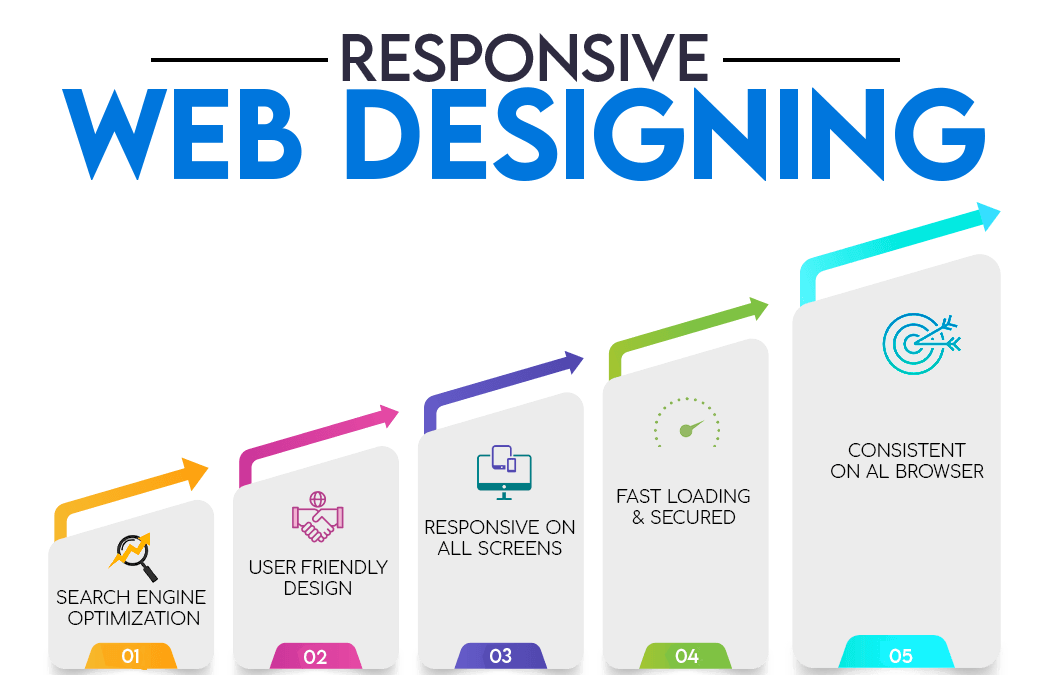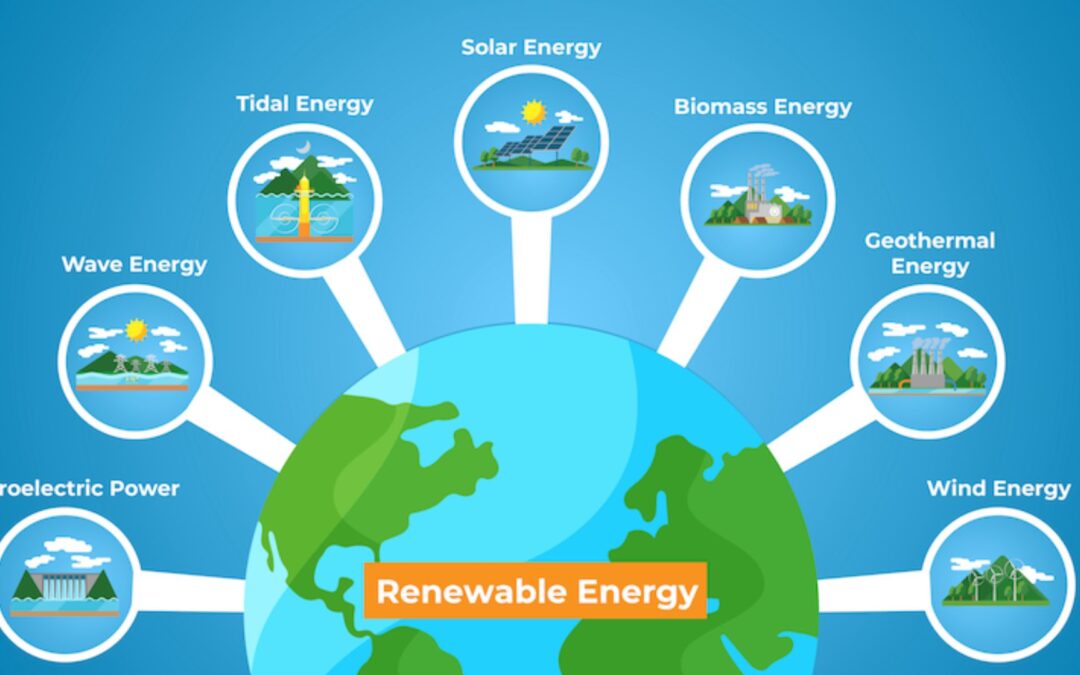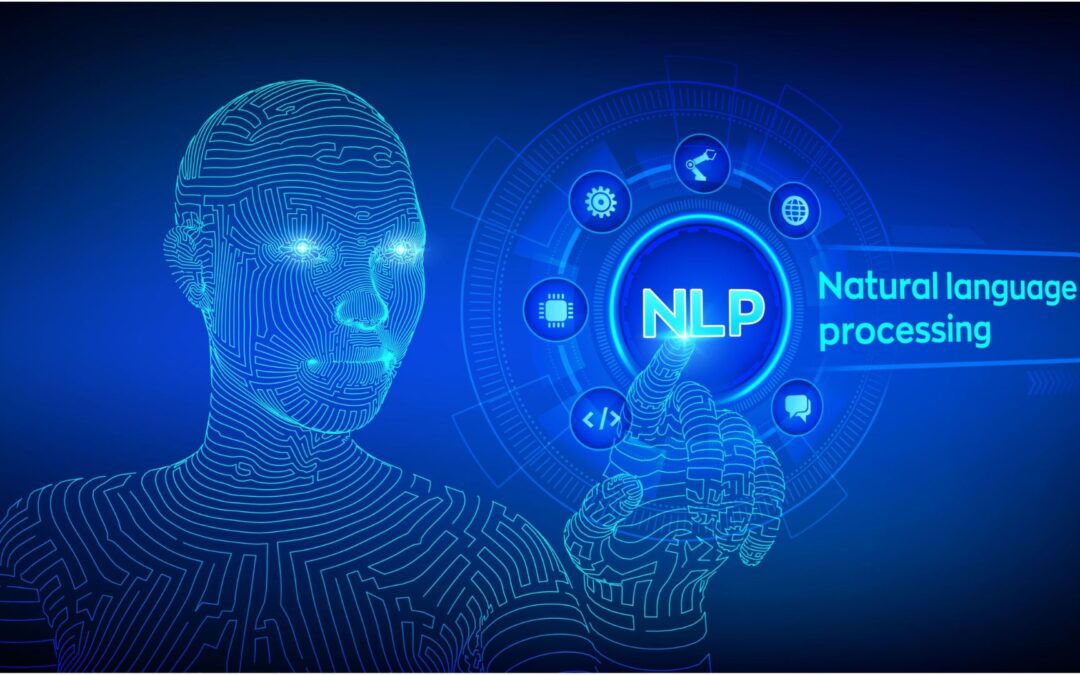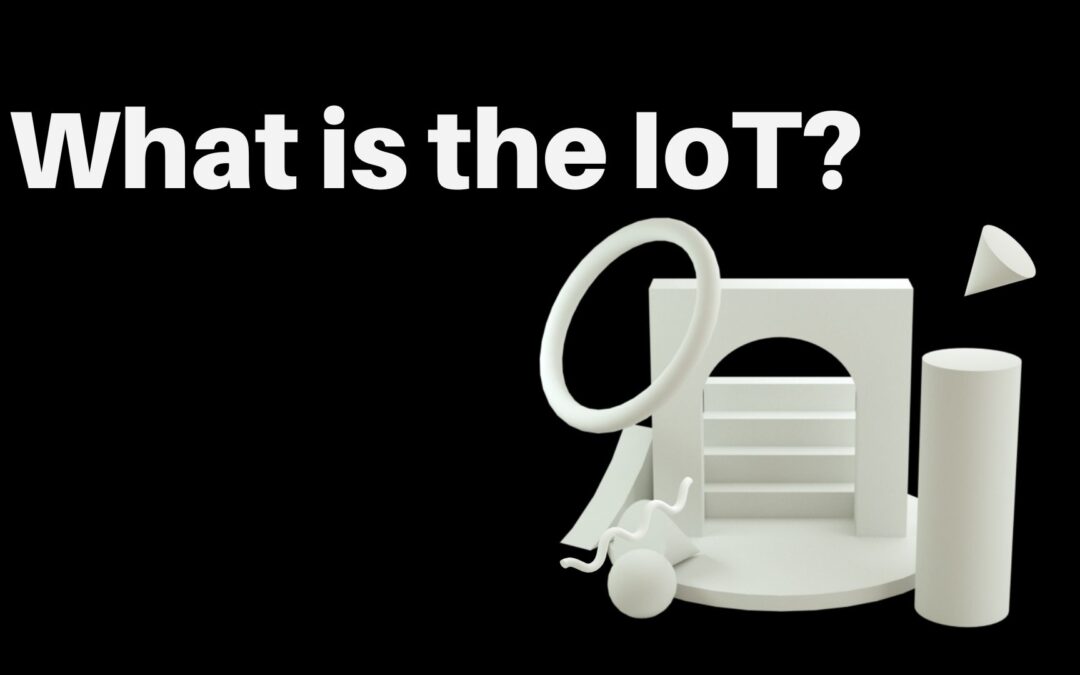
by admin | Nov 16, 2023 | Digital Marketing, Web Development
“Crafting Digital Brilliance: Web Tech Vision’s Unmatched Website Designing Services in the UAE”
Welcome to Web Tech Vision, the forefront of digital innovation and the go-to destination for unparalleled website designing services in the United Arab Emirates. As the best digital marketing agency in the UAE, we take pride in seamlessly blending creativity, functionality, and strategic thinking to deliver websites that not only captivate but drive results.
Why Choose Web Tech Vision for Website Designing?
- Creative Mastery: At Web Tech Vision, we understand that your website is the digital face of your brand. Our team of creative designers excels in translating your brand identity into visually stunning and user-friendly websites that leave a lasting impression.
- Strategic Approach: Our website designing services go beyond aesthetics. We strategically optimize every aspect of your website to enhance user experience, improve search engine visibility, and drive conversions.
- Custom Solutions: No two businesses are alike, and neither should their websites be. We offer tailor-made website designing solutions that align with your unique goals, industry requirements, and target audience.
Key Website Designing Services:
- Responsive Design: Ensure a seamless user experience across devices with our responsive website designs that adapt to various screen sizes and resolutions.
- User Interface (UI) and User Experience (UX) Design: Enhance user satisfaction and engagement with intuitive UI and UX designs that prioritize functionality and ease of navigation.
- E-commerce Website Design: Boost your online sales with visually appealing and user-friendly e-commerce websites that facilitate a smooth and secure shopping experience.
- Search Engine Optimization (SEO) Integration: Maximize your website’s visibility on search engines with SEO-friendly design elements that enhance your online presence.
Why Web Tech Vision?
- Proven Excellence: Our portfolio showcases a history of successfully delivering exceptional website designing solutions for diverse businesses in the UAE.
- Client-Centric Approach: Your satisfaction is our priority. We collaborate closely with you to understand your brand, goals, and vision, ensuring the final product aligns seamlessly with your expectations.
- Innovative Designs: Stay ahead in the digital landscape with Web Tech Vision, where innovative designs meet cutting-edge technology to create websites that stand out in a crowded online space.
Elevate your online presence with a website that reflects the essence of your brand. Contact Web Tech Vision today, and let’s embark on a journey of digital transformation together. Your website’s success story begins with the best – Web Tech Vision.

by admin | Sep 16, 2023 | Technology, WhatsApp
The head of WhatsApp discredited a Monetary Times (FT) report on Friday that guaranteed the informing administration, which Meta Stages possess, was thinking about expanding adverts to support income. Will Cathcart resolved the issue on Elon Musk-possessed X, previously known as Twitter while reposting the report by FT and saying: “This @FT story is bogus. We aren’t doing this.” As per FT sources that are known about the circumstance, Meta’s groups were discussing whether to show commercials in WhatsApp visit records with contacts, yet no choices have been made.
The report likewise recommended that the organization was additionally considering charging a participation expense for promotion-free admittance to the application. Afterward, WhatsApp put out an announcement illuminating the FT that “we can’t represent each discussion somebody had in our organization however we are not trying this, dealing with it, and it’s not our arrangement by any means.”
As per Geo News, the report additionally said that many organization insiders were against WhatsApp’s supposed most recent move. Nonetheless, Meta has not offered any remark about the FT report or Cathcart’s cases. Meta has as of late extended WhatsApp Channels. This transmission administration permits clients to get private updates from big names, sports groups, and figure pioneers, to north of 150 nations to support commitment to its foundation. The help will be accessible worldwide in the next few long stretches of time.
In 2014, Meta’s Facebook paid $19 billion to get WhatsApp, a talk program that has forever been accessible for nothing and the objective of Meta has proactively been to build WhatsApp income. Business correspondences are “presumably going to be the following significant support point” of Meta’s business, as indicated by Chief Imprint Zuckerberg’s expectation made last year that WhatsApp and Courier would impel the organization’s next rush of deals improvement.
As of June of this current year, WhatsApp’s Business application served in excess of 200 million clients in its organization, a four-overlap increment from close to three years sooner.

by admin | Aug 31, 2023 | Renewable Energy Technologies, Technology
What are Renewable Energy Technologies?
Renewable energy technologies are technologies that harness energy from naturally replenishing sources that are practically inexhaustible over human timescales. These sources of energy are considered sustainable and environmentally friendly because they have a much lower impact on the environment compared to fossil fuels, which are finite and contribute to pollution and climate change.
Here are some key types of renewable energy technologies:
- Solar Energy: Solar energy involves capturing sunlight and converting it into electricity using photovoltaic (PV) cells or heat-using solar thermal systems. Solar panels on rooftops and solar farms are common applications.
- Wind Energy: Wind energy is generated by wind turbines that convert the kinetic energy of wind into electricity. Wind farms with multiple turbines are installed in locations with consistent wind patterns.
- Hydroelectric Power: Hydroelectric power is generated by harnessing the energy of flowing water, usually from rivers or dams, and converting it into electricity using turbines and generators.
- Geothermal Energy: Geothermal energy utilizes heat from the Earth’s interior. Geothermal power plants capture this heat to produce electricity, and geothermal heating systems provide direct heat for residential and commercial use.
- Biomass Energy: Biomass energy comes from organic materials such as wood, agricultural residues, and organic waste. It can be used for heating, electricity generation, and even biofuels.
- Ocean Energy: Ocean energy includes tidal energy, generated by the rise and fall of tides, and wave energy, harnessed from the motion of ocean waves.
Renewable energy technologies offer several benefits:
- Reduced Greenhouse Gas Emissions: Renewable energy sources produce little to no greenhouse gas emissions, helping mitigate climate change.
- Energy Independence: Relying on renewable sources reduces dependence on imported fossil fuels, enhancing energy security.
- Job Creation: The renewable energy sector creates jobs in manufacturing, installation, maintenance, and research.
- Sustainable Development: Renewable energy supports sustainable development by providing clean and reliable energy for communities.
- Lower Environmental Impact: Unlike fossil fuels, renewable sources have minimal air and water pollution impacts, reducing damage to ecosystems.
- Diversification of Energy Sources: A mix of renewable sources diversifies the energy portfolio, increasing resilience against energy supply disruptions.
However, renewable energy technologies also face challenges, including intermittency (e.g., solar energy is not generated at night), initial high costs (though they have been decreasing), and the need for suitable infrastructure and energy storage solutions.
As society’s awareness of climate change and environmental concerns grows, renewable energy technologies are increasingly being adopted as a crucial part of global efforts to transition to a more sustainable and low-carbon energy future.

by admin | Aug 31, 2023 | Technology, What is Natural Language Processing
What is Natural Language Processing?
Natural Language Processing( NLP) is a element of artificial intelligence( AI) that focuses on the relationship between computers and mortal language. The thing of NLP is to make computers to comprehend, interpret, produce, and respond to mortal language in a way that’s both meaningful and precious.
NLP involves a range of tasks that allow computers to work with human language, including:
- Text Understanding: This includes tasks like sentiment analysis (determining the emotional tone of a text), named entity recognition (identifying entities like names, dates, and locations), and text classification (categorizing text into predefined categories).
- Language Generation: NLP systems can generate human-like language, such as in chatbots, language translation, and content generation.
- Speech Recognition: NLP enables computers to convert spoken language into text, facilitating voice commands and transcription services.
- Language Translation: NLP systems can translate text from one language to another, making global communication more accessible.
- Question Answering: NLP systems can process and understand questions posed in natural language and provide relevant answers, as seen in virtual assistants.
- Text Summarization: NLP can automatically generate concise summaries of longer texts, aiding in information extraction and content understanding.
- Language Modeling: NLP models can learn patterns and structures in language, which is useful for various applications, including predictive typing and autocomplete suggestions.
- Topic Modeling: This involves identifying and extracting topics from large collections of text data.
- Dialog Systems: NLP powers chatbots and virtual assistants that can engage in natural language conversations with users.
NLP algorithms and models use various techniques, including machine learning, deep learning, and statistical methods. Some of the most prominent NLP models, like transformer models, have achieved remarkable results by understanding context and semantics in text data.
Challenges in NLP include handling ambiguity, understanding context, dealing with different languages and dialects, and capturing nuances of human communication. NLP has a wide range of applications across industries:
- Customer Support: NLP powers chatbots and virtual agents that can handle customer queries and support requests.
- Search Engines: NLP enhances search engines by understanding user queries and providing more relevant results.
- Social Media Analysis: NLP is used to analyze and understand social media sentiment, trends, and user behavior.
- Healthcare: NLP helps process medical records, extract insights from clinical notes, and assist in medical research.
- Language Translation: NLP systems like Google Translate enable rapid and accurate translation between languages.
- Content Generation: NLP can generate news articles, summaries, and other content automatically.
- Legal and Compliance: NLP aids in analyzing legal documents, contracts, and regulations for compliance and understanding.
NLP is a rapidly advancing field, and recent developments, including large pre-trained language models like GPT-3, have demonstrated significant progress in understanding and generating human-like language.

by admin | Aug 31, 2023 | Technology, What is Internet of Things
What is the Internet of Things (IoT)
The Internet of Things (IoT) refers to the network of physical objects, devices, vehicles, buildings, and other items embedded with sensors, software, and connectivity capabilities that enable them to collect and exchange data over the Internet. Essentially, IoT extends the reach of the internet beyond traditional computing devices like computers and smartphones to include a wide variety of everyday objects and “things.”
The key characteristics and components of IoT include:
- Connectivity: IoT devices are equipped with various communication technologies such as Wi-Fi, Bluetooth, cellular networks, and more, enabling them to communicate with each other and with central systems.
- Sensors and Actuators: IoT devices are equipped with sensors to collect data from their environment (e.g., temperature, humidity, light) and actuators to perform actions based on that data (e.g., turning on a fan).
- Data Collection and Analysis: IoT devices gather and transmit data to centralized systems or cloud platforms where the data is analyzed to derive insights and make informed decisions.
- Automation and Control: IoT enables automation by allowing devices to interact with each other and make autonomous decisions based on predefined rules or machine learning algorithms.
- Remote Monitoring and Management: IoT devices can be remotely monitored and managed, making it possible to control devices and receive real-time updates from anywhere with an internet connection.
- Interoperability: IoT systems often involve a diverse range of devices from different manufacturers. Interoperability standards are crucial to ensure seamless communication and integration.
- Scalability: IoT networks can accommodate a vast number of devices, ranging from a few to millions, making them highly scalable.
Applications of IoT span across various industries:
- Smart Home: IoT devices in homes can control lighting, thermostats, security cameras, and appliances remotely for increased comfort, energy efficiency, and security.
- Healthcare: IoT enables remote patient monitoring, smart medical devices, and healthcare systems that improve patient outcomes and streamline healthcare delivery.
- Industrial IoT (IIoT): In industrial settings, IoT is used for predictive maintenance, asset tracking, process optimization, and real-time monitoring of machinery and equipment.
- Smart Cities: IoT contributes to the development of smart cities through applications like smart traffic management, waste management, environmental monitoring, and energy efficiency.
- Agriculture: IoT sensors can monitor soil conditions, weather, and crop health, enabling precision agriculture and efficient resource utilization.
- Retail: IoT is used for inventory management, personalized customer experiences, and supply chain optimization.
- Transportation and Logistics: IoT enhances fleet management, real-time tracking of goods, and optimization of transportation routes.
- Energy Management: IoT helps manage and optimize energy consumption in buildings and grids, contributing to energy efficiency and sustainability.
While IoT offers numerous benefits, it also poses challenges related to data security, privacy, interoperability, and the sheer complexity of managing a vast number of devices. As IoT technology continues to advance, it has the potential to revolutionize industries and create innovative solutions to complex problems.





